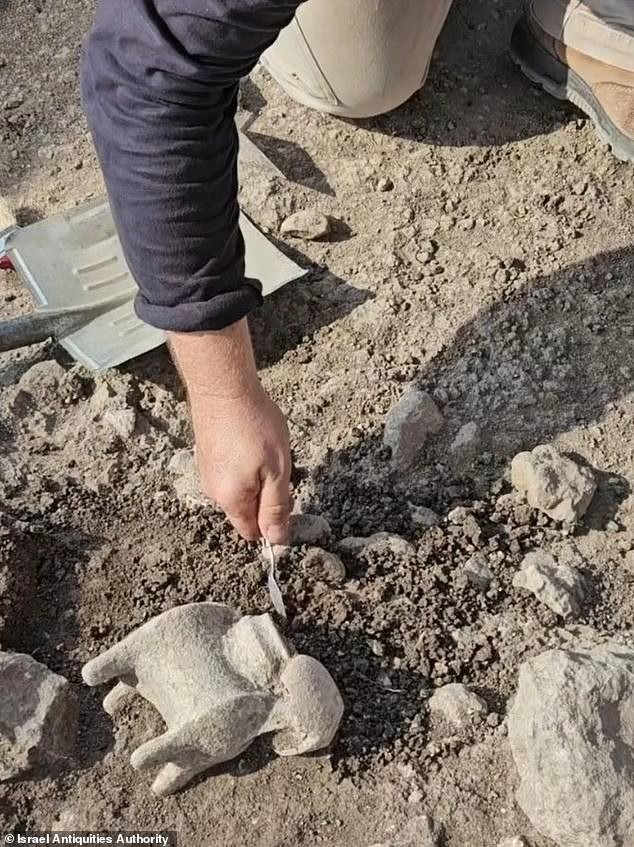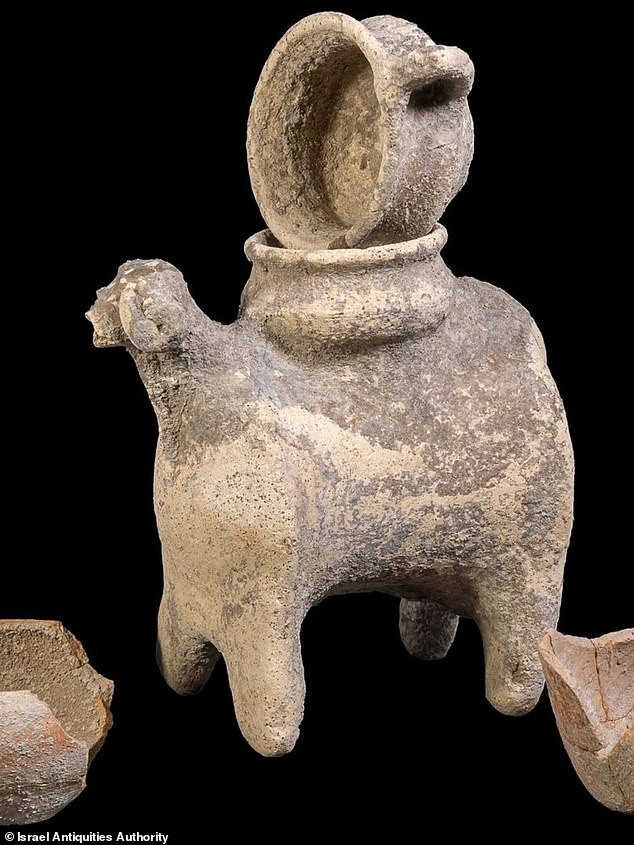Groundbreaking Discovery Pinpoints the Biblical Battlefield for Armageddon
Archaeologists have uncovered evidence of ancient rituals at Tel Megiddo, the biblical site prophesied as the last battle between good and evil. Excavations in Israel's Jezreel Valley revealed 3,300-year-old artifacts made by the Canaanites, including a miniature ceramic shrine and a complete zoomorphic ritual vessel shaped like a ram. The Canaanites, an indigenous people of the Levant covering modern-day Israel, Palestine, Lebanon, and parts of Syria and Jordan, are described as the original inhabitants of the 'Promised Land,' later targeted for conquest by the Israelites. A burial area within sight of Tel Megiddo’s large temple complex suggests that a Canaanite folk cult, likely local farmers, carried out rituals beyond the city’s walls.

In This Article:
- A City at War and Worship Megiddo’s 3,300-Year-Old Artifacts
- Rituals Beyond the Walls: A Canaanite Folk Cult
- Megiddo, Fortress and Tel Spanning Millennia
- Armageddon on the Ground: Rituals as a Mirror of Biblical Battle
- The Ram Vessel and Libations: A Ritual Vessel Revealed
- Winepress and Dawn of Urban Life: A 5,000-Year-Old Discovery
- A National Treasure: The IAA Calls the Finds
- Armageddon, Megiddo and the Living Past: A Window into Ancient Life
A City at War and Worship Megiddo’s 3,300-Year-Old Artifacts
Archaeologists have uncovered evidence of ancient rituals at the site known as Armageddon in the Bible. Excavations in Israel's Jezreel Valley revealed 3,300-year-old artifacts made by the Canaanites, including a miniature ceramic shrine and a complete zoomorphic ritual vessel shaped like a ram. The Canaanites, an indigenous people of the Levant covering modern-day Israel, Palestine, Lebanon, and parts of Syria and Jordan, are described as the original inhabitants of the 'Promised Land,' later targeted for conquest by the Israelites. A burial area within sight of Tel Megiddo’s large temple complex suggests that a Canaanite folk cult, likely local farmers, carried out rituals beyond the city’s walls. 'Megiddo has been excavated for over a century,' researchers with the Israel Antiquities Authority (IAA) said. 'While long recognized as a key site in the study of ancient urbanism and Canaanite worship, the excavations we conducted east of the tel have revealed a new part of the matrix between the known settlement and the surrounding activity.'

Rituals Beyond the Walls: A Canaanite Folk Cult
A burial area within sight of Tel Megiddo’s large temple complex suggests that a Canaanite folk cult, likely local farmers, carried out rituals beyond the city’s walls.

Megiddo, Fortress and Tel Spanning Millennia
Tel Megiddo itself was a powerful fortress and strategic military stronghold that controlled vital trade routes for thousands of years. It is a 'tel,' or artificial hill formed by over 30 layers of civilizations, with a history dating back to the Chalcolithic period, around 4500 to 3500 BCE.

Armageddon on the Ground: Rituals as a Mirror of Biblical Battle
While the artifacts do not prove that the events described in Revelation literally occurred, they show that Megiddo was a center of ritual and offerings, even outside its fortified core. The ritual activity beyond the city walls, combined with Megiddo’s fortifications, mirrors the biblical portrayal of the site as a strategic battleground. In Revelation, Armageddon is described as the ultimate confrontation between good and evil, so the presence of organized religious practices alongside defensive strength symbolically reflects its role as a stage for conflict and spiritual struggle.

The Ram Vessel and Libations: A Ritual Vessel Revealed
Archaeologists working in Israel uncovered cult artifacts at the site known as 'Armageddon' in the Bible. The ram-shaped ritual vessel is described in detail by researchers: 'A small bowl attached to the ram's body functioned as a funnel, while another handled bowl was likely used to pour the liquid into it during the ceremony,' the researchers explained. 'The ram's head was shaped like a spout. Once filled, tilting the ram forward spilled the liquid from its mouth into a small bowl placed before it. The vessel seems intended for pouring a valuable liquid such as milk, oil, wine, or another beverage, which could either be drunk directly from the spout, poured into a smaller vessel, or offered as a votive gift.'

Winepress and Dawn of Urban Life: A 5,000-Year-Old Discovery
The team unearthed residential buildings, suggesting the winepress played a central role in the community, and indicates that Megiddo was expanding far beyond the well-known boundaries of the tel, a mound formed by centuries of layered human habitation. A 5,000-year-old hewn winepress, one of the oldest ever found in Israel, was also unearthed, confirming that early inhabitants were producing wine at the dawn of urbanization.

A National Treasure: The IAA Calls the Finds
Eli Escusido, Director of the IAA, called the discoveries a national treasure, noting that the excavations, layer by layer, reveal thousands of years of daily life, beliefs, and urban development in the Jezreel Valley. The preserved ritual vessels, shrines, and winepress together underscore Megiddo's significance as both a religious and cultural center in the ancient Levant. 'Megiddo has been excavated for over a century,' researchers with the Israel Antiquities Authority (IAA) said. 'While long recognized as a key site in the study of ancient urbanism and Canaanite worship, the excavations we conducted east of the tel have revealed a new part of the matrix between the known settlement and the surrounding activity.'

Armageddon, Megiddo and the Living Past: A Window into Ancient Life
Tel Megiddo is historically and biblically identified as the site of Armageddon, referenced in Revelation 16:16 as the location of the final battle between good and evil. The blend of ritual activity beyond the city walls and its powerful fortifications mirrors this biblical depiction, reflecting Megiddo's role as both a hub of influence and a stage for conflict.

